Beauty products are supposed to enhance your appearance, but many of them contain harmful ingredients that could be doing more harm than good. These chemicals, often hidden behind clever marketing, can irritate your skin, disrupt your hormones, and even contribute to long-term health issues. From preservatives to fragrances, some of the most common ingredients in our daily beauty routines are also some of the most toxic. Let’s take a look at 15 of these harmful ingredients, and what you can do to avoid them.
1. Sodium Lauryl Sulfate (SLS)

Sodium Lauryl Sulfate is a surfactant used in many shampoos, body washes, and facial cleansers to create foam. While it may help cleanse, SLS can strip your skin and hair of natural oils, leading to dryness, irritation, and sensitivity. It can also cause scalp conditions such as dandruff and eczema over time.
Look for sulfate-free shampoos and cleansers, especially if you have sensitive skin or a dry scalp. Natural alternatives like coconut-based cleansers can clean without drying out your skin or hair. According to 100% Pure, SLS can cause severe skin irritation and disrupt the skin’s natural barrier, making it more susceptible to other toxins.
2. Parabens
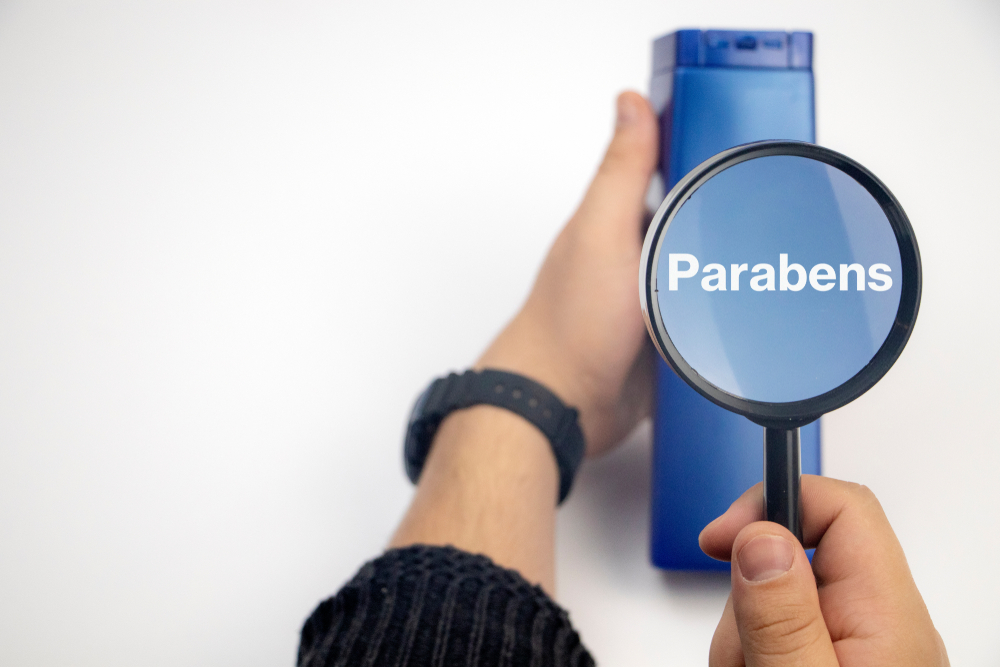
Parabens are a group of synthetic chemicals used as preservatives in many beauty products, including moisturizers, shampoos, and makeup. They prevent bacteria and mold from growing in these products, but they can also mimic estrogen in the body, disrupting hormonal balance and potentially leading to reproductive issues. Parabens have been linked to breast cancer and other hormone-related health problems.
To avoid parabens, look for products labeled as “paraben-free” or choose organic beauty brands that use natural preservatives. Opt for products with preservatives like vitamin E or rosemary extract, which are safer for your skin and health. According to the Environmental Working Group, parabens can disrupt hormone systems and have been detected in nearly all urine samples from adults in the U.S., highlighting the widespread exposure to these chemicals.
3. Phthalates
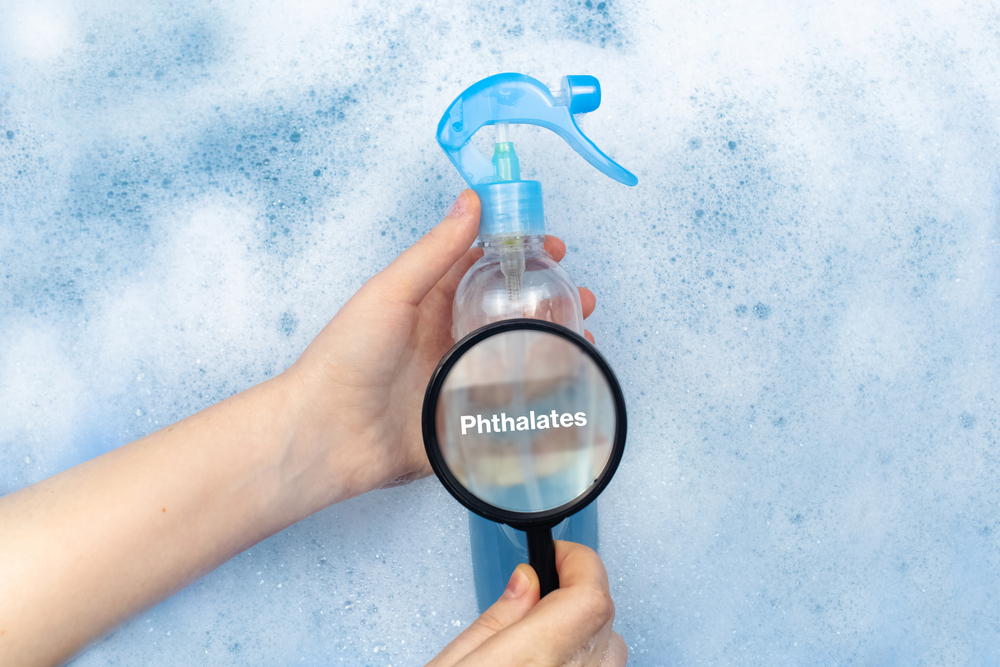
Phthalates are chemicals used to make products more flexible and to help fragrances last longer. They are commonly found in hair sprays, perfumes, and lotions. However, phthalates are known endocrine disruptors, potentially affecting hormone levels and increasing the risk of birth defects, infertility, and developmental issues in children.
Choose phthalate-free beauty products, especially fragrances and nail polishes. Opt for natural scents derived from essential oils and check ingredient lists for signs of phthalates, often listed as “fragrance” or “parfum.” According to Breast Cancer Action, phthalates have been linked to breast cancer and other health issues, emphasizing the importance of avoiding them in personal care products.
4. Formaldehyde
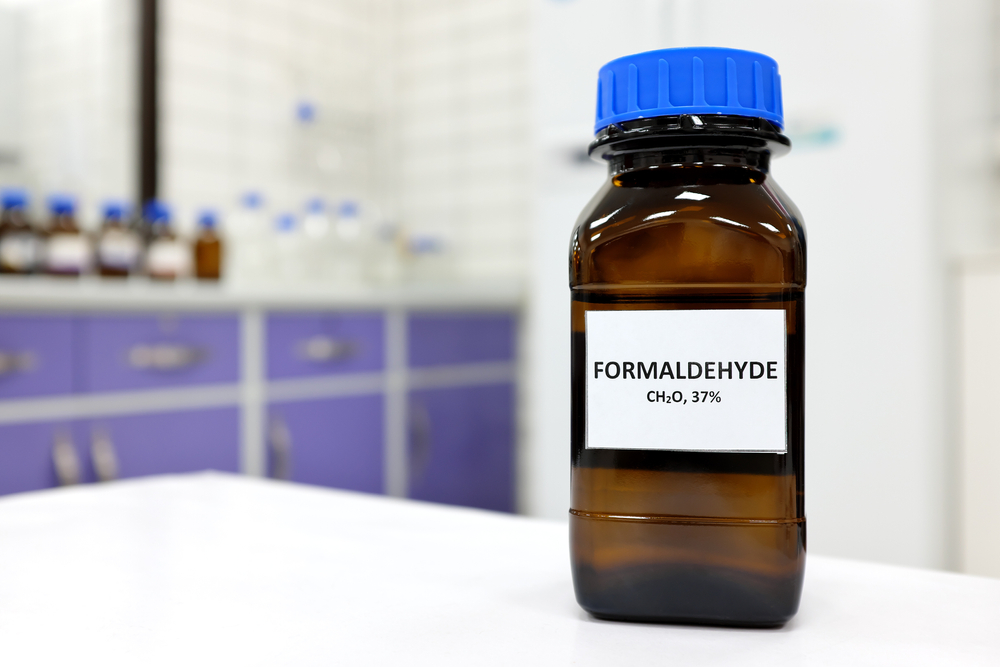
Formaldehyde is a preservative and disinfectant commonly found in beauty products like nail polish, hair straightening treatments, and shampoos. It’s a known carcinogen, meaning it can increase your risk of cancer with prolonged exposure. Formaldehyde also irritates the skin and respiratory system, causing allergic reactions, rashes, and asthma-like symptoms.
Avoid products that contain formaldehyde or formaldehyde-releasing ingredients (such as quaternium-15). Choose hair products labeled as “formaldehyde-free” and check ingredient lists for preservatives like DMDM hydantoin or imidazolidinyl urea, which release formaldehyde over time. According to the CDC, formaldehyde exposure can lead to serious health issues, including cancer and neurological problems, emphasizing the need to avoid it in personal care products.
5. Synthetic Fragrances
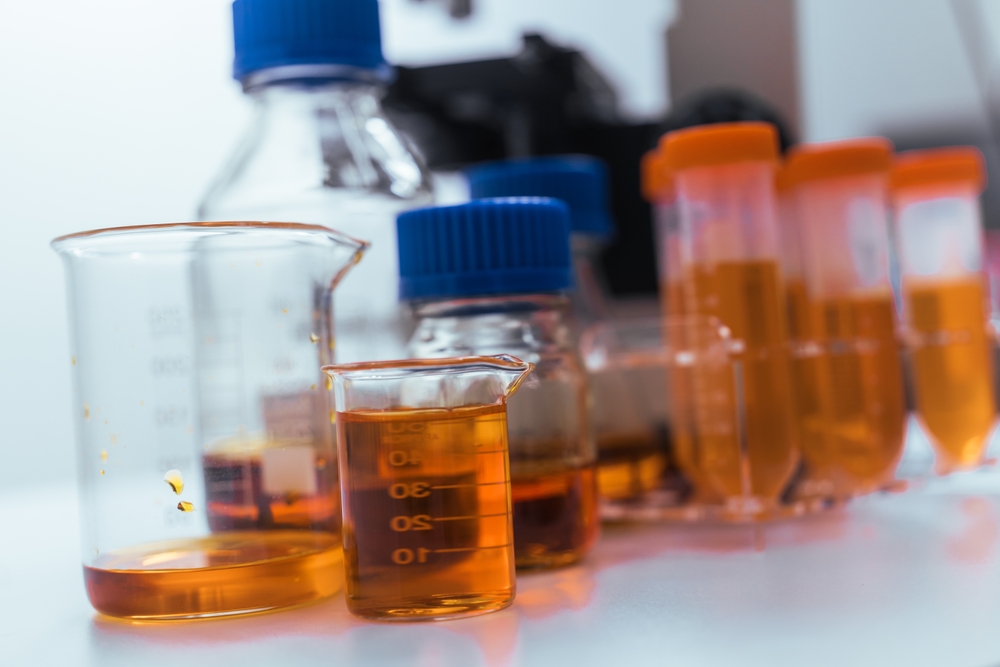
Synthetic fragrances are commonly used in a wide range of beauty products, from deodorants to lotions and perfumes. While they smell pleasant, these fragrances are often made from a cocktail of chemicals that can cause skin irritation, allergic reactions, and headaches. Many of these synthetic chemicals are also linked to hormone disruption and can even contribute to the development of asthma over time. The problem is that “fragrance” is often an umbrella term, and the specific chemicals used aren’t disclosed, making it difficult for consumers to know what they’re putting on their skin.
To avoid synthetic fragrances, choose fragrance-free products or those scented with natural essential oils. Many clean beauty brands prioritize transparency in their ingredient lists and offer delightful, naturally scented products that are safer for your skin and overall health. By choosing natural scents, you’ll reduce your exposure to harmful chemicals while still enjoying a pleasant aroma.
6. Toluene
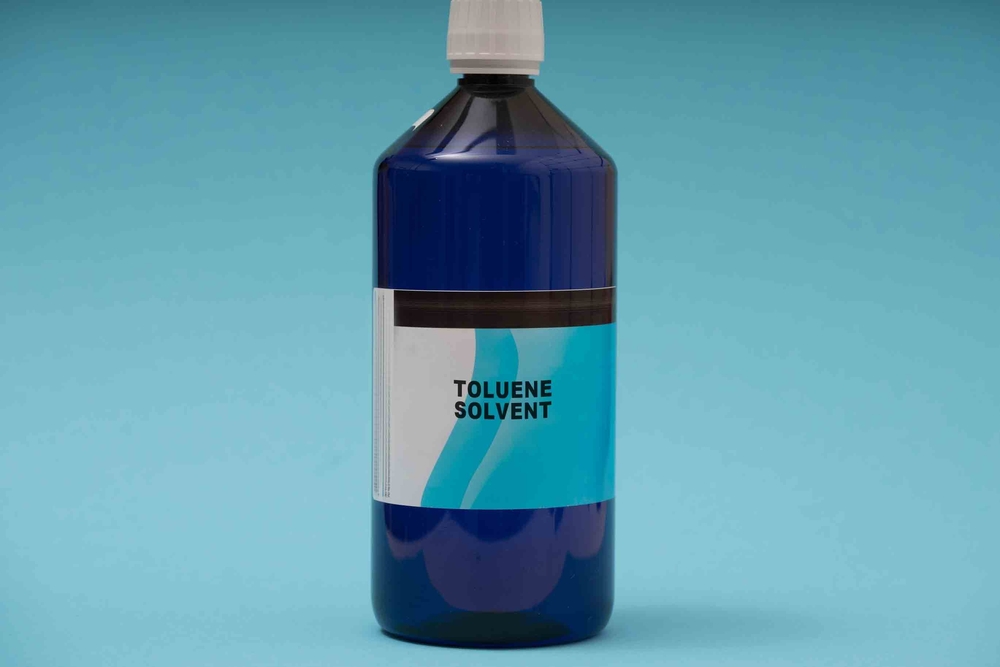
Toluene is a solvent commonly used in nail polish, hair dyes, and other beauty products. It helps create a smooth and even application, but it’s also toxic to your health. Toluene can cause dizziness, headaches, and nausea, and prolonged exposure may lead to liver and kidney damage. It’s also harmful to the environment, contributing to air pollution and smog when released into the air.
To avoid toluene, choose nail polishes and hair products from brands that are free from toxic chemicals. Many nail polish brands now offer “5-free” or even “10-free” formulas, meaning they’re free from toluene, formaldehyde, and other harmful ingredients. Opting for these non-toxic options is a simple way to protect both your health and the environment while still enjoying beautiful nails and hair.
7. Mineral Oil
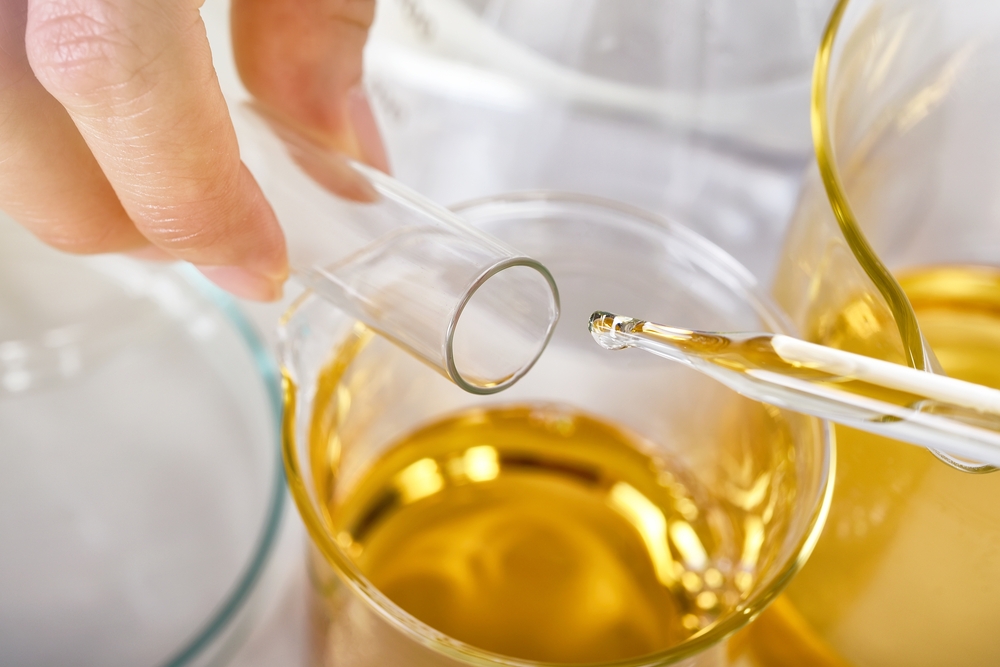
Mineral oil, derived from petroleum, is commonly used in moisturizers and lotions due to its ability to create a barrier that locks in moisture. While it may seem like a quick fix for dry skin, mineral oil can clog pores, leading to acne breakouts and skin irritation. Over time, it can also cause your skin to become dependent on the product, weakening its ability to retain moisture naturally.
Instead of mineral oil, choose products that use natural oils like jojoba, argan, or rosehip oil. These oils are packed with nutrients that not only hydrate but also nourish and protect your skin. Look for products with these oils as primary ingredients to maintain a healthy, glowing complexion without the risk of clogged pores or irritation.
8. Oxybenzone
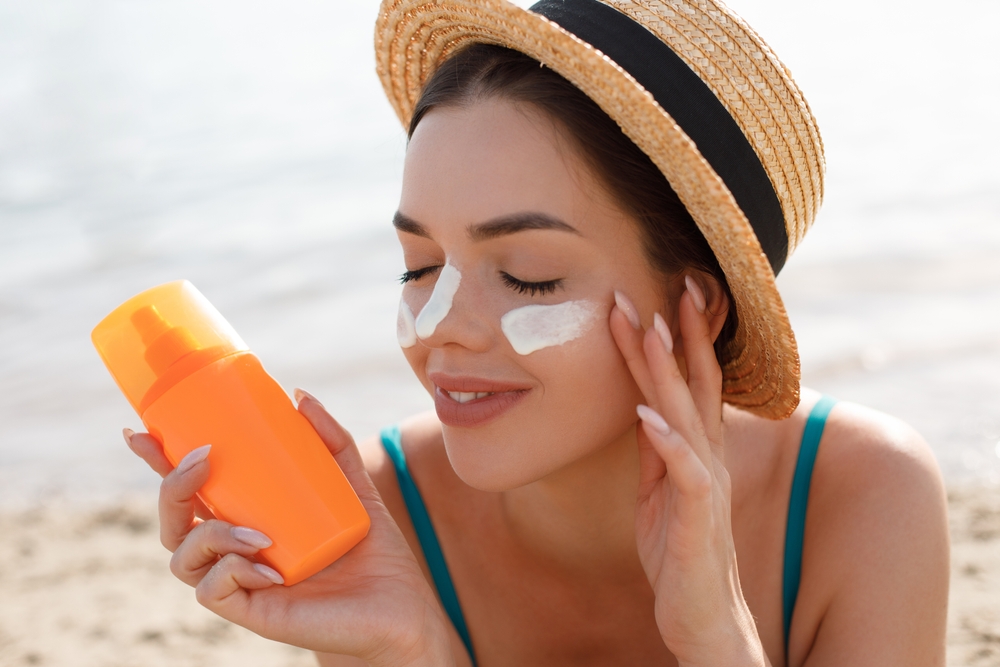
Oxybenzone is a common chemical found in many sunscreens that helps absorb UV rays. While it offers some protection from the sun, it’s also a potent endocrine disruptor. Oxybenzone can interfere with hormone function, leading to potential reproductive issues and allergic reactions. Additionally, it has been shown to cause coral reef damage, contributing to the decline of marine ecosystems.
Instead, opt for mineral sunscreens that use zinc oxide or titanium dioxide as active ingredients. These physical sunscreens provide broad-spectrum protection without the harmful side effects of oxybenzone. They’re also reef-safe, making them a better choice for both your health and the environment.
9. Lead
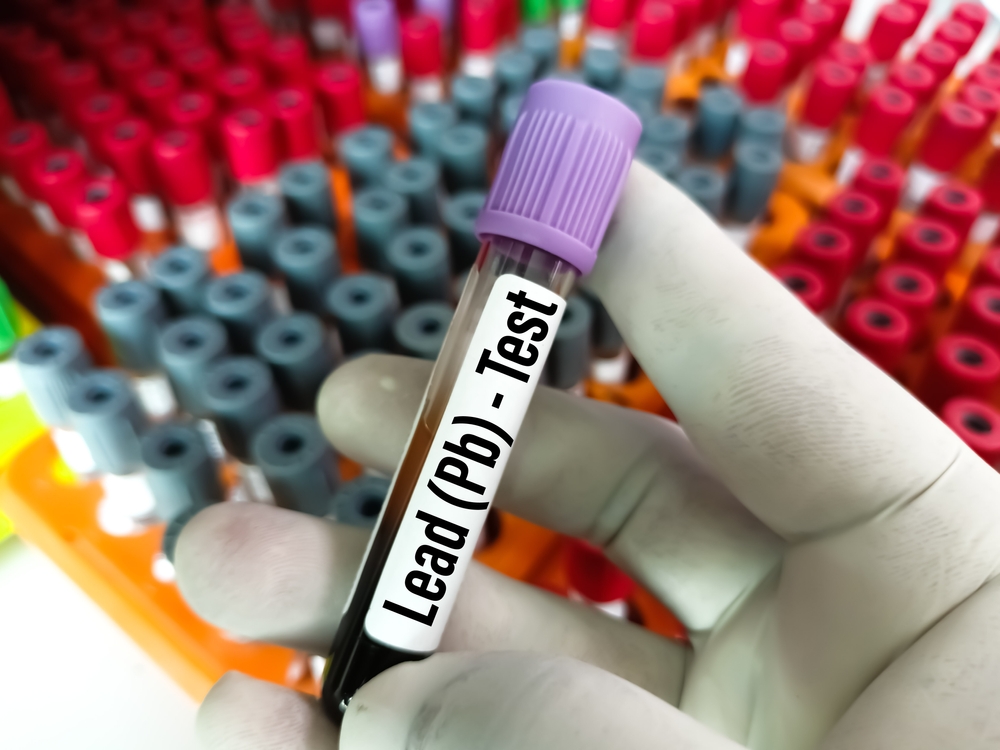
Lead is a heavy metal found in some cosmetics, particularly lipsticks. While it’s not intentionally added, trace amounts of lead are often present in colorants used in makeup. Lead exposure can accumulate over time, leading to serious health problems, including developmental delays, kidney damage, and neurological issues. Even low levels of lead in makeup can pose a risk, especially when it’s applied near the mouth and lips.
To avoid lead, choose makeup from brands that adhere to safety standards and avoid using pigments known to contain toxic metals. Look for organic or clean beauty brands that offer lead-free products and always check for certifications to ensure the products meet high safety standards.
10. Propylene Glycol
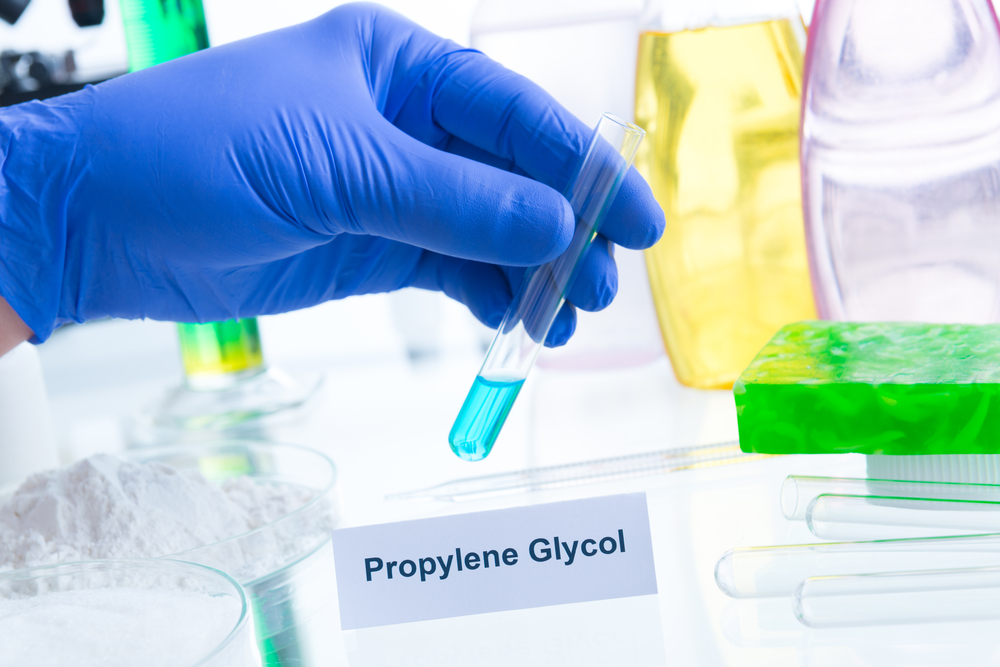
Propylene glycol is a humectant found in many skincare and haircare products. It helps products retain moisture, but it can also cause skin irritation, dryness, and allergic reactions, particularly for people with sensitive skin. Over time, propylene glycol can damage the skin’s natural barrier, leading to increased irritation and compromised skin health.
To avoid propylene glycol, look for products that use natural moisturizers like glycerin or aloe vera. These ingredients hydrate the skin while maintaining its natural moisture balance, offering a safer alternative without the risk of irritation.
11. PEG Compounds (Polyethylene Glycol)
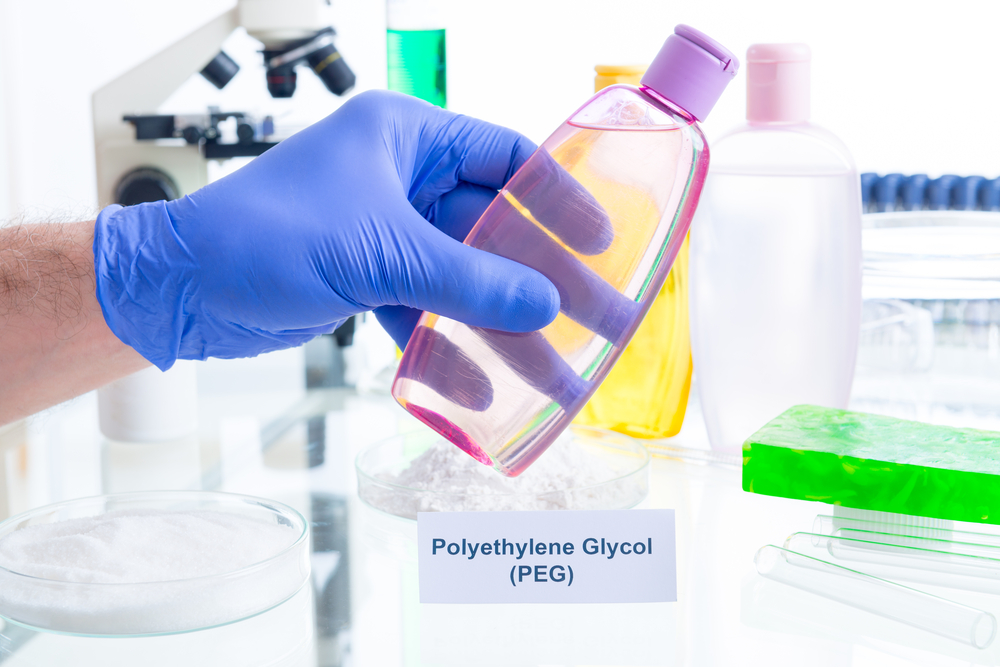
PEG compounds are used in many cosmetics and skin care products as emulsifiers or thickeners, but they can cause skin irritation and allergic reactions, especially in sensitive individuals. These compounds can also be contaminated with carcinogenic impurities during the manufacturing process. PEGs are often found in products like moisturizers, sunscreens, and cleansers.
Look for natural skincare products that use plant-based emulsifiers like beeswax or organic oils instead. These ingredients are much gentler on the skin and free from harmful chemicals, offering a safer, more nourishing option for your skincare routine.
12. Triclosan
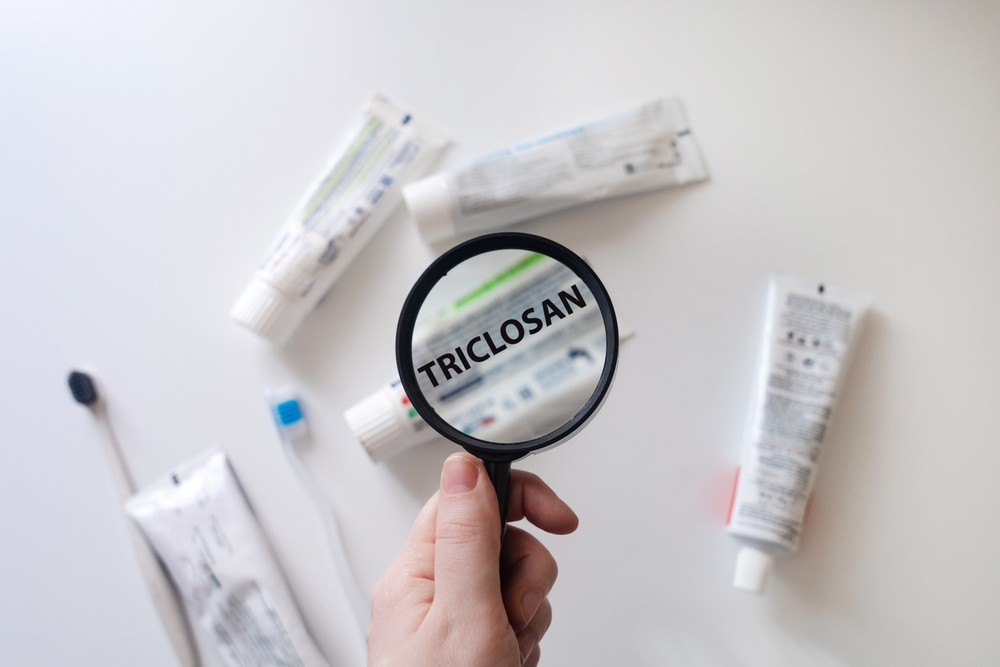
Triclosan is an antimicrobial agent commonly found in soaps, deodorants, and toothpaste. While it may help reduce bacteria, it has been linked to hormone disruption, antibiotic resistance, and skin irritation. Triclosan can also be harmful to the environment, particularly aquatic ecosystems, where it has been shown to impact fish and other wildlife.
Choose natural, antimicrobial alternatives like tea tree oil, which is effective at killing bacteria without the negative side effects of triclosan. Look for products labeled as “triclosan-free” to avoid this toxic ingredient.
13. Silicones (Dimethicone, Cyclopentasiloxane)
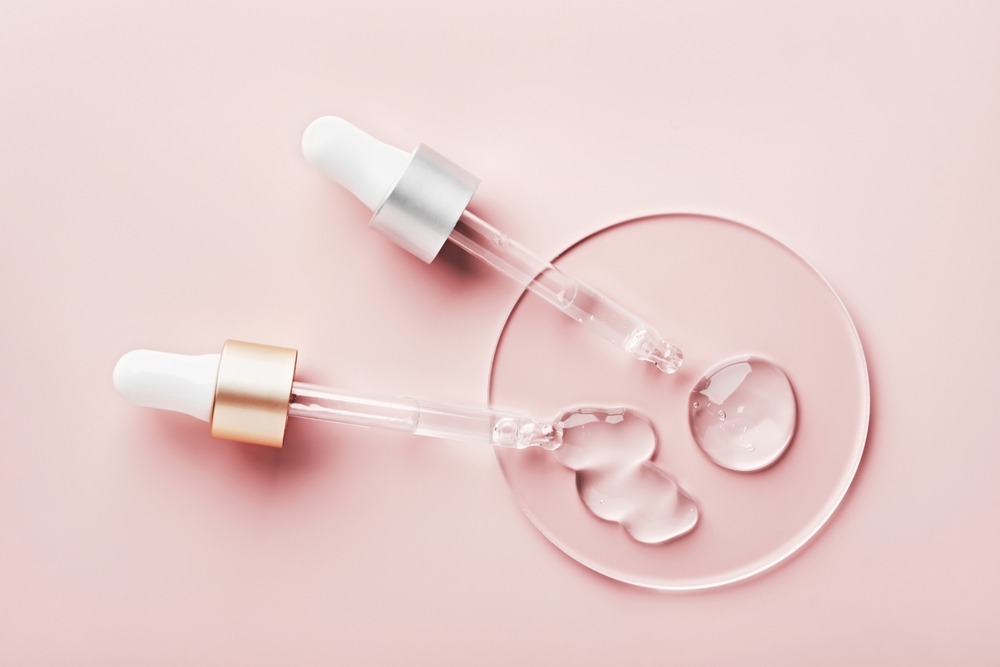
Silicones are used in many hair and skin care products to give them a smooth, silky feel. While they temporarily improve texture and shine, silicones can cause buildup on your skin and hair, making them look dull and lifeless over time. They also trap dirt and oil, which can clog pores and lead to acne or other skin issues.
Opt for products that are silicone-free, especially if you’re concerned about buildup or sensitive skin. Natural oils and plant-based ingredients provide similar benefits without causing long-term damage, leaving your hair and skin healthier and more balanced.
14. Artificial Colors
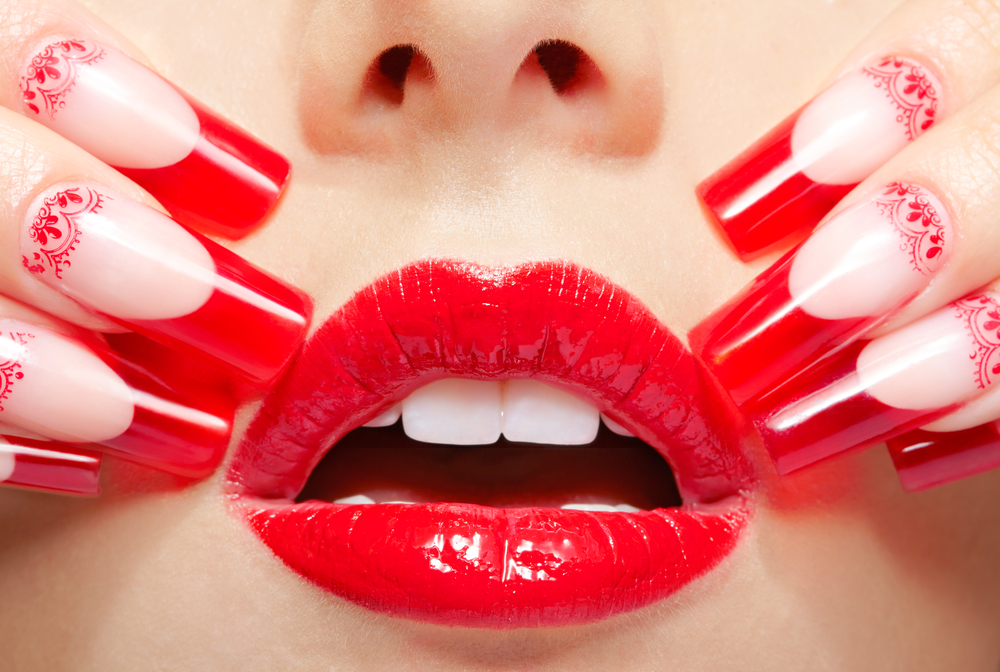
Artificial colors, commonly used in makeup and skincare products, are made from synthetic chemicals that can cause skin irritation, allergic reactions, and even long-term health risks. Many artificial dyes are derived from petroleum, and some have been linked to cancer and other serious health problems. These colors can also irritate the skin, particularly for those with sensitive or acne-prone skin.
Look for products that use natural, plant-based colors or mineral pigments instead. These options are safe, effective, and free from harmful chemicals, giving you vibrant, healthy skin without the risks of artificial dyes.
15. Synthetic Surfactants (Sodium Coco-Sulfate, Ceteareth-20)

Synthetic surfactants are used in many beauty products to create foam, remove dirt, and emulsify oils. While they help products work effectively, they can also strip your skin of natural oils, leaving it dry and irritated. These surfactants can cause long-term damage to your skin’s protective barrier and lead to increased sensitivity.
Look for products with natural surfactants, such as coconut-derived cleansers or gentle plant-based ingredients. These alternatives will clean without causing dryness or irritation, leaving your skin healthy and balanced.

Abisola is a communication specialist with a background in language studies and project management. She believes in the power of words to effectively connect with her audience and address their needs. With her strong foundation in both language and project management, she crafts messages that are not only clear and engaging but also aligned with strategic goals. Whether through content creation, storytelling, or communication planning, Abisola uses her expertise to ensure that her messages resonate and deliver lasting value to her audience.


